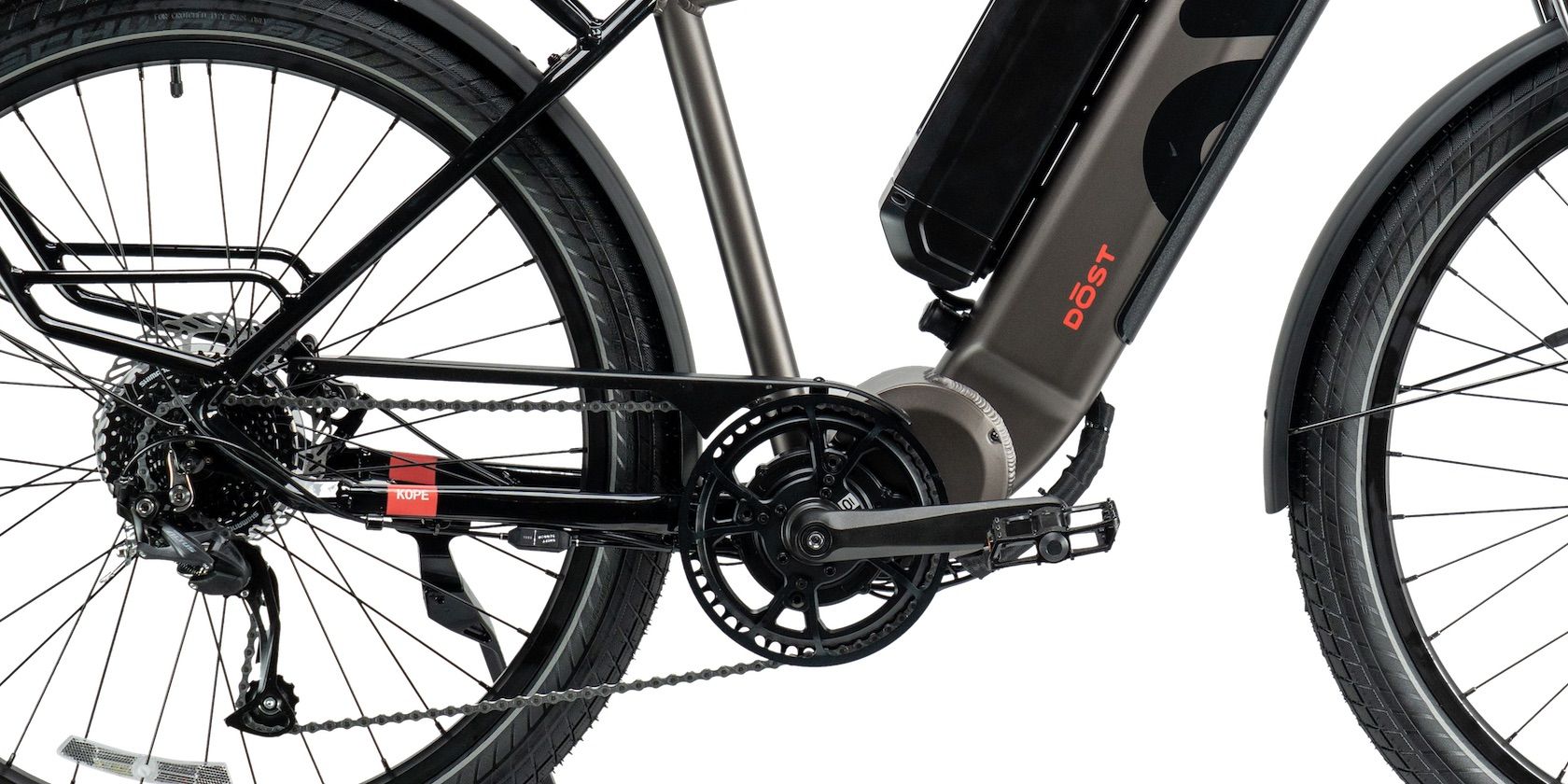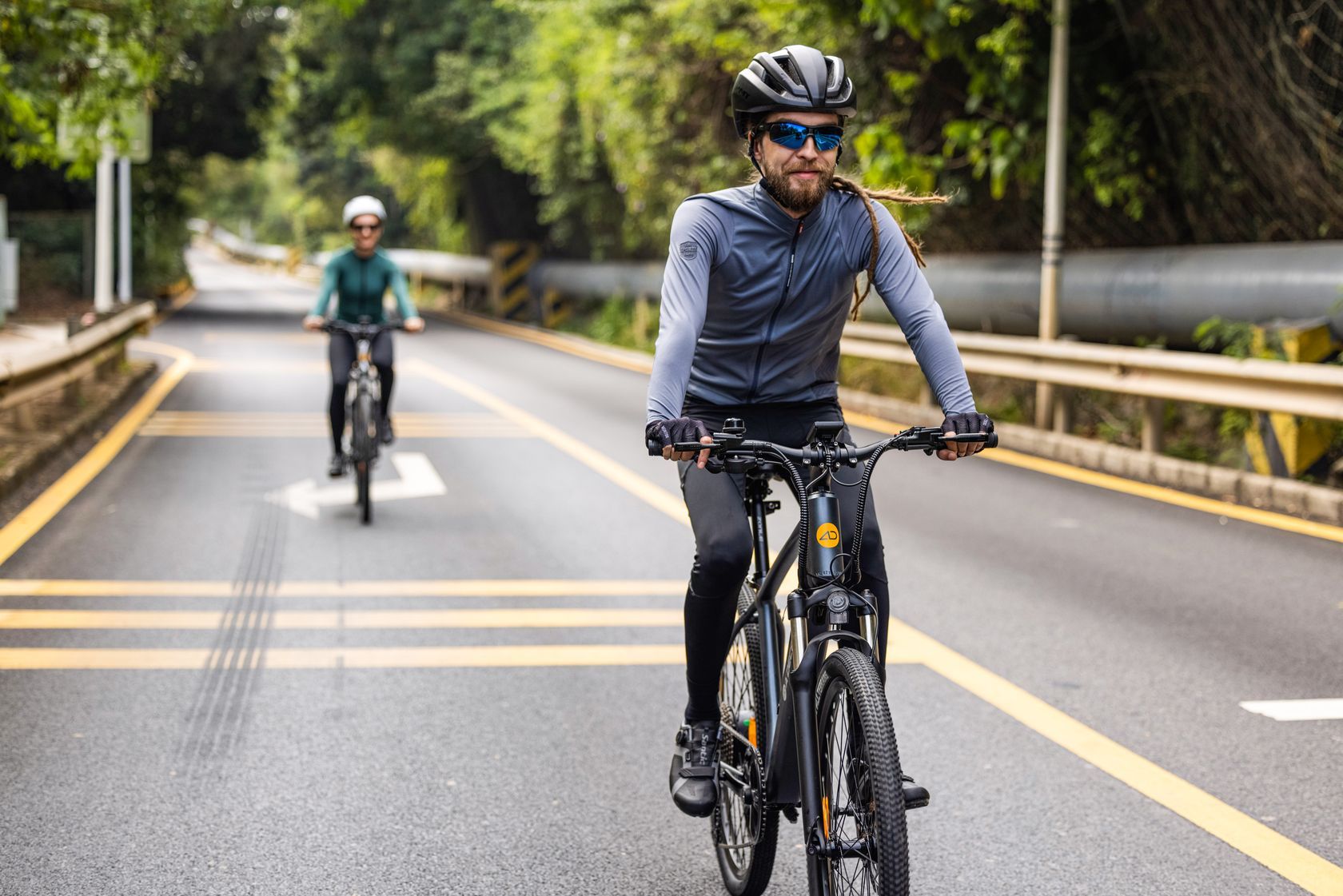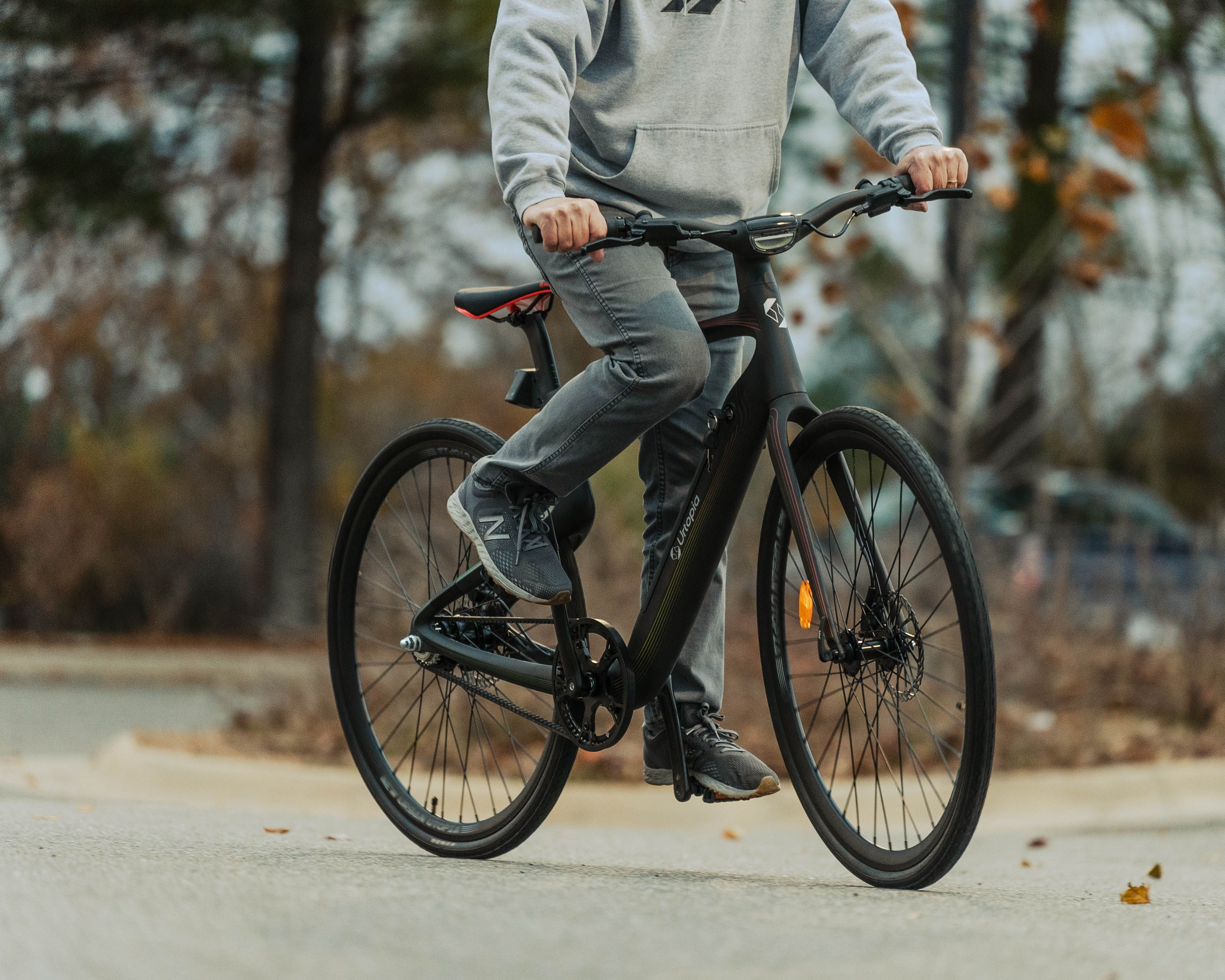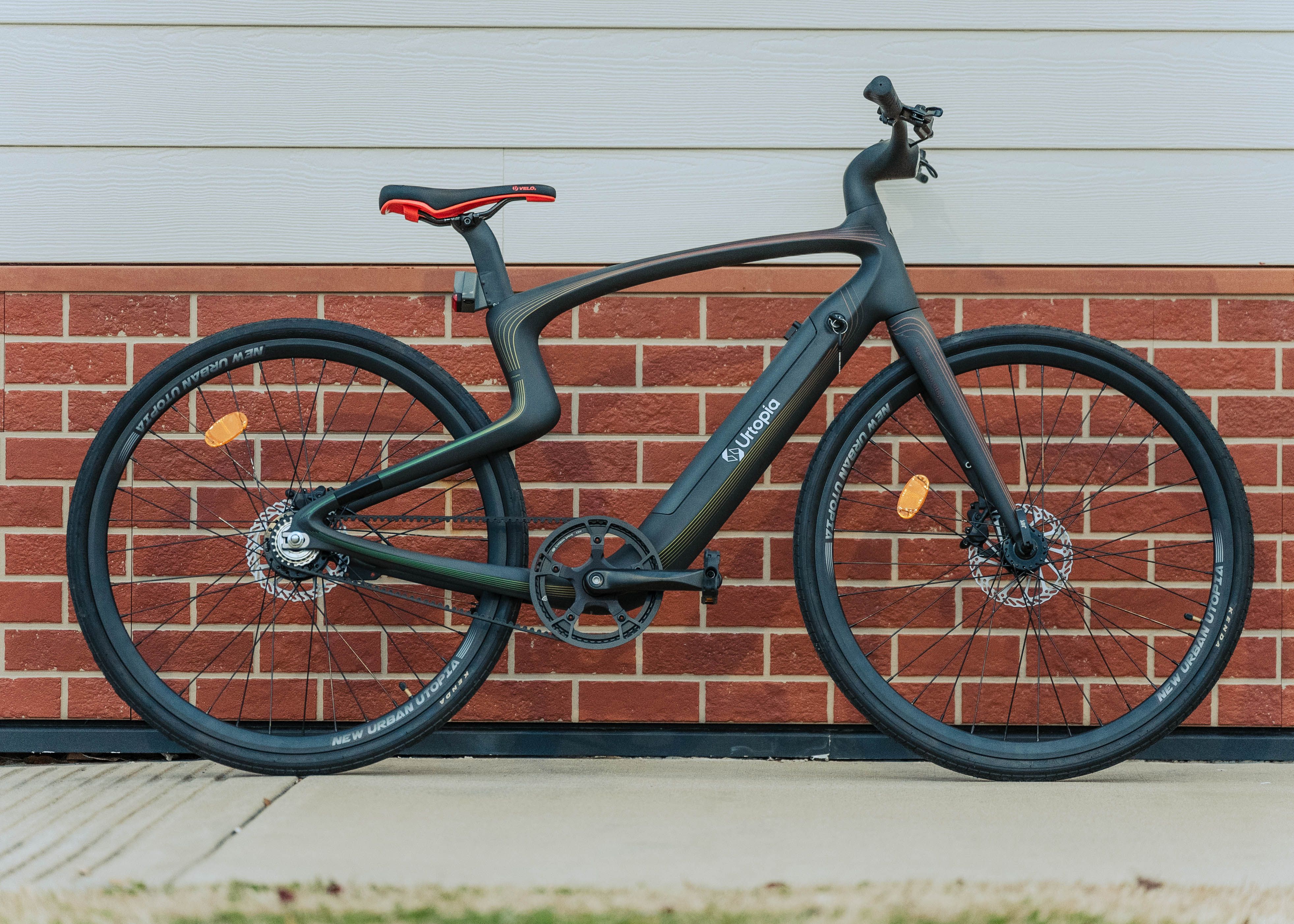E-bikes are slowly gaining popularity. Chances are, even if you're not a bike enthusiast, you've heard about e-bikes. These electrified bikes can function pretty much the same as a conventional bicycle, but they also do so much more.
E-bikes allow easier commutes, and you don't have to arrive at your destination drenched in sweat. Another e-bike fact most people aren't familiar with is that there are different classes of e-bikes—but what are these e-bikes classes, and what do they mean?
What Is an E-Bike Class?
E-bike classes are used to differentiate between different types of e-bikes and the capabilities each one has. Contrary to what it might sound like, e-bike classes don't divide e-bikes by size or outright mass. Instead, the different classes of e-bikes mostly divide e-bikes by their top speed and if they are equipped with throttles or not.
The different classes of e-bikes may have to abide by different regulations depending on the state or jurisdiction you're riding in. So, it's very important to keep in mind local ordinances whenever you're riding your e-bike. If you're about to ride in an area where you think e-bikes might not be allowed, you would be wise to double-check local regulations before riding your e-bike in that spot.
The great thing is that the US National Park Service allows e-bikes to ride on their lands like any normal bike. Of course, there are certain restrictions, but this is a move in the right direction. According to NPS, official regulation states that e-bikes won't be treated as motor vehicles on their lands.
The final regulation supports Secretary’s Order 3376, signed by U.S. Secretary of the Interior David Bernhardt on August 29, 2019, that directs Department of the Interior (DOI) bureaus to revise their regulations to define the term electric bicycle and expressly exempt e-bikes from the definition of motor vehicle. The final regulation also supports Secretary’s Order 3366, by increasing recreational opportunities on public lands.
This is great because it allows people that wouldn't otherwise be able to ride e-bikes in these national parks due to disability or physical condition to go out and enjoy nature. This is one of the greatest benefits of buying an e-bike.
Are There Restrictions to Riding Certain E-Bike Classes in US National Parks?
There are certain restrictions to keep in mind when biking through NPS lands on your e-bike. First, you must be conscious that park administrators may restrict access to certain places and impose rules on e-bikes depending on what they see fit to keep visitors and the natural habitat safe.
The National Park Service doesn't allow e-bikes, or traditional bikes for that matter, in wilderness areas. So, please be mindful of this, and abide by these regulations when visiting national parks. There are also restrictions on what features of your e-bike you can use while on the trail.
The idea behind allowing e-bikes to explore the same paths that normal bikes can use is to treat these two vehicles as very similar, like cousins. Therefore, because they are trying to group them together, you cannot use your e-bike throttle as if you were riding a motorcycle on the trail. The NPS goes into more detail on this.
Yes. The intent of the regulation is to allow visitors to use e-bikes for transportation and recreation in a manner similar to traditional bicycles. As a result, the regulations prohibit operators of Class 2 e-bikes from exclusively using the motor to propel the e-bike for an extended period of time without pedaling, except in locations that are open to public motor vehicle use.
What Is a Class 1 E-Bike?
State and local regulations may differ from these broad definitions, but according to California's DMV, a class 1 e-bike is essentially an electric bike that does NOT have a throttle and has a pedal-assisted top speed using the electric motor of 20 mph. The DMV also goes into some details regarding the motor of an e-bike and states that the e-bike's motor must be less than 750W.
Class 1: A low speed pedal-assisted electric bicycle equipped with a motor which provides assistance only when the rider is pedaling and ceases to provide assistance when a speed of 20 mph is reached.
What Is a Class 2 E-Bike?
California's DMV categorizes e-bikes that feature a throttle and are limited to a throttle-assisted top speed of 20 mph as class 2 e-bikes. Once the e-bike surpasses the 20 mph mark, the electric motor cannot keep sending power to move the e-bike. This caps the top speed of a class 2 e-bike, solely on throttle use, at 20 mph.
Class 2: A low speed throttle-assisted electric bicycle equipped with a motor used exclusively to propel the bicycle and NOT capable of providing assistance when a speed of 20 mph is reached.
These rules and regulations only apply to California, and it's essential that you verify your local regulations if you're planning on using your e-bike locally, especially if your e-bike falls under the category of class 2 or 3.
What Is a Class 3 E-Bike?
Once again, the definition of class 3 e-bikes that will be discussed for the purpose of this article abides by the definition set forth by California's DMV. According to them, an e-bike is considered a class 3 bicycle if it has a pedal-assisted top speed of 28 mph.
The e-bike cannot exceed this top speed while being assisted by the motor. A class 3 e-bike also has a speedometer, according to the definition specified by California's DMV. The definition does not mention a throttle, so by the looks of these regulations, class 3 e-bikes cannot have a throttle in California. Figuring out your e-bike class is another thing to consider when buying an e-bike!
E-Bike Regulations Will Continue to Evolve
Because e-bikes haven't been thoroughly regulated in the United States, more legislation is bound to arrive regarding electrified bicycles. Hopefully, legislators will consider the benefits these bikes can offer over their traditional counterparts. E-bikes open the world of biking to people who might otherwise not have been able to enjoy cycling.




